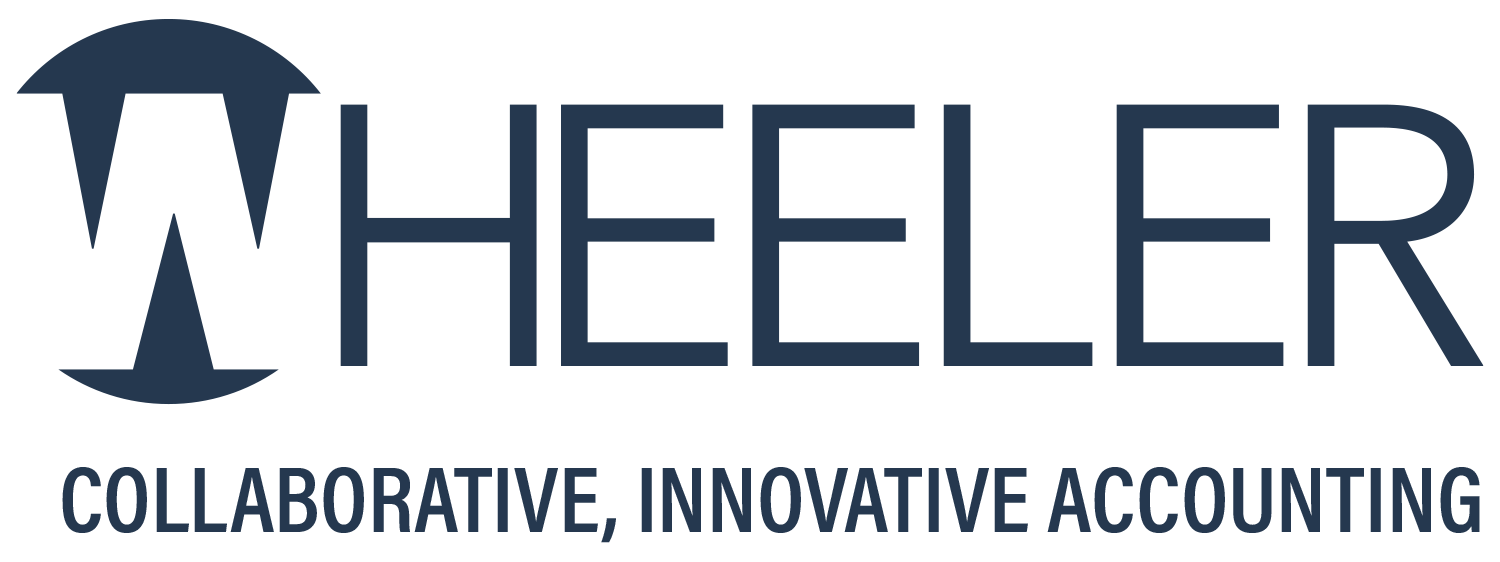
Wouldn’t it be great if your employees worked as if they owned part of the company? An employee stock ownership plan (ESOP) could make that a reality.
Under an ESOP, employee participants gain partial ownership of the business through a retirement savings arrangement. Meanwhile, the company and its existing owner(s) can benefit from some tax breaks, an extra-motivated workforce and, potentially, a smoother path for succession planning.
ESOP Basics
To implement an ESOP, your business establishes a trust fund and either:
- The company contributes shares of stock or money to buy the stock (an “unleveraged” ESOP) to the ESOP, or
- The ESOP borrows funds to buy the stock initially, and then the company contributes cash to the ESOP to enable it to repay the loan (a “leveraged” ESOP).
The shares in the trust are allocated to individual employees’ accounts, often tied to their compensation. The business must formally adopt the plan and submit documents and specific forms to the IRS.
The Tax Effects
Among the most significant benefits of an ESOP is that employer contributions to qualified retirement plans such as ESOPs are typically tax-deductible. However, employer contributions to all defined contribution plans, including ESOPs, are generally capped at 25% of covered payroll. One exception applies: C corporations with leveraged ESOPs can deduct all contributions used to pay interest on the ESOP loan. That is, the interest isn’t counted toward the 25% limit.
Dividends paid on ESOP stock passed through to employees or used to repay an ESOP loan may be tax-deductible for C corporations, provided the dividends are reasonable. Additionally, dividends voluntarily reinvested by employees in company stock in the ESOP are usually also deductible for the business. (Employees, however, should consider the tax implications for their situations.)
Another potential benefit arises for shareholders in some closely held C corporations: They can sell stock to the ESOP and defer federal income taxes on any gains from the sale. Several stipulations apply, including that the ESOP must own at least 30% of the company’s stock immediately after the sale. Also, the sellers must reinvest the proceeds (or an equivalent amount) in qualified replacement property securities of domestic corporations within a set period.
Finally, when a business owner is ready to retire or leave the company for another reason, the business can make tax-deductible contributions to the ESOP to buy out the departing owner’s shares. Alternatively, the ESOP can borrow money to buy the shares.
Risks to Consider
The tax implications of an ESOP differ for entity types other than C corporations, and these should be carefully evaluated before implementing an ESOP for another entity type. While an ESOP offers many potential benefits, it also presents risks, such as the complexity of setup and, in some situations, a strain on cash flow.
ESOPs typically involve high initial costs plus ongoing costs that grow with the plan’s size. Additionally, ESOPs can be burdensome to administer. Because they’re considered a type of retirement plan, they’re heavily regulated by federal and state governments. Compliance will require hiring various professionals, including a trustee.
Choosing the Right Fit
Is your company a good candidate for an ESOP? It’s essential to sort through the details with an experienced advisor. Contact the office for guidance.
408-252-1800
Photo by rawpixel from Freerange Stock.
